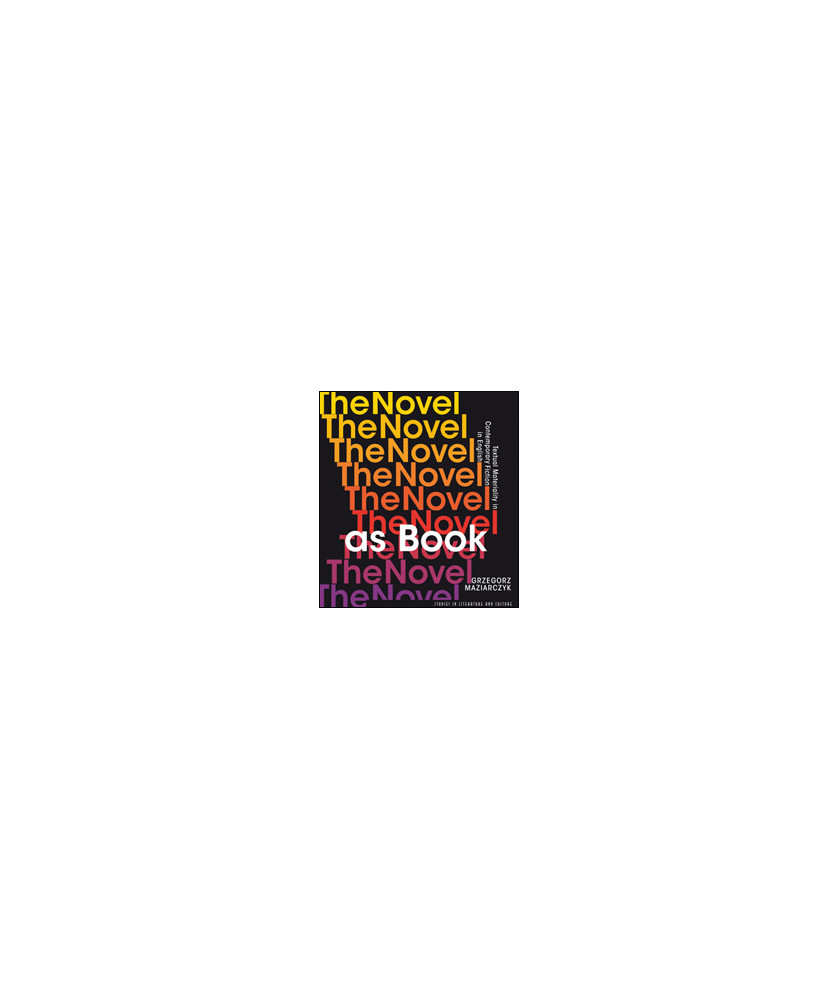


Studies in Literature and Culture. Volume 7
Grzegorz Maziarczyk
ISBN: 978-83-7702-645-8
Stron: 316
Format: 220 x 205 mm
Rok wydania: 2013
The Novel as Book: Textual Materiality in Contemporary Fiction in English poddaje analizie jeden z najciekawszych elementów współczesnej prozy anglojęzycznej - eksperymenty typograficzne, które zwracają uwagę czytelnika na warstwę materialną powieści wydanej w formie książki. Celem rozprawy jest omówienie mechanizmów semiotyzacji na poziomie czcionki, układu tekstu na stronie, książki jako obiektu materialnego oraz multimodalnych kombinacji różnorodnych środków semiotycznych w oparciu o model teoretyczny będący syntezą koncepcji wywodzących się z narratologii, analizy dyskursu multimodalnego, semiotyki i teoretyczno-literackich badań nad materialnością tekstu.
Zastosowanie zabiegów typograficznych nie jest zupełnie nowym zjawiskiem w prozie, jednakże dopiero na przełomie XX i XXI wieku stało się ono wyraźną tendencją, dającą się zaobserwować nie tylko w obrębie awangardy literackiej ale także w głównym nurcie literatury. The Novel as Book zestawia powieści B.S. Johnsona, Raymonda Federmana i Williama H. Gassa, powstałe w latach 60 i 70 ubiegłego wieku, z najnowszymi przykładami eksperymentów typograficznych takich pisarzy jak Mark Z. Danielewski, Steve Tomasula i Graham Rawle, co pozwala na prześledzenie ewolucji ich form i funkcji we współczesnej prozie anglojęzycznej oraz wpływu innych mediów, zwłaszcza elektronicznych, na tendencje rozwojowe we współczesnej powieści.
TABLE OF CONTENTS
Acknowledgments
Introduction
1. Towards a medium-specific analysis of printed narrative fiction
Print and the history of the novel
Narratology and the question of medium
The medium vs. the mode
The multimodal novel
From graphic devices to hybrid texts
Metareference, iconicity and narrative functions
Conclusion
2. Typographic variations
Discursive fluctuations: Douglas Coupland's JPod
Alterations in perspective: Irvine Welsh's Marabou Stork Nightmares
The narrator as type(face): Graham Rawle's Woman's World
Conclusion
3. Spatial configurations
Typographic figures: Steven Hall's The Raw Shark Texts
Signifying absence: blank space in B. S. Johnson's House Mother Normal and Ronald Sukenick's Long Talking Bad Condition Blues
Split textualities: B. S. Johnson's Albert Angelo and J.M. Coetzee's Diary of a Bad Year
"Spatial displacement of words": Raymond Federman's Double or Nothing
Conclusion
4. Physical Objects
The double bind of form: Raymond Federman's The Voice in the Closet/La Voix dans le Cabinet de Debarras
The novel on the move: Mark Z. Danielewski's Only Revolutions
The novel in a box: B. S. Johnson's The Unfortunates
Conclusion
5. Multimodal combinations
The book as multimodal (dis)embodiment: William H. Gass's Willie Masters' Lonesome Wife
The book as house: Mark Z. Danielewski's House of Leaves
The (post-)book as (post-)human body: Steve Tomasula's VAS: An Opera in Flatland
The book as (just) a multimodal medium: Jonathan Safran Foer's Extremely Loud and Incredibly Close
Conclusion
Conclusion
Works cited
Summary in Polish
Author index
Subject index